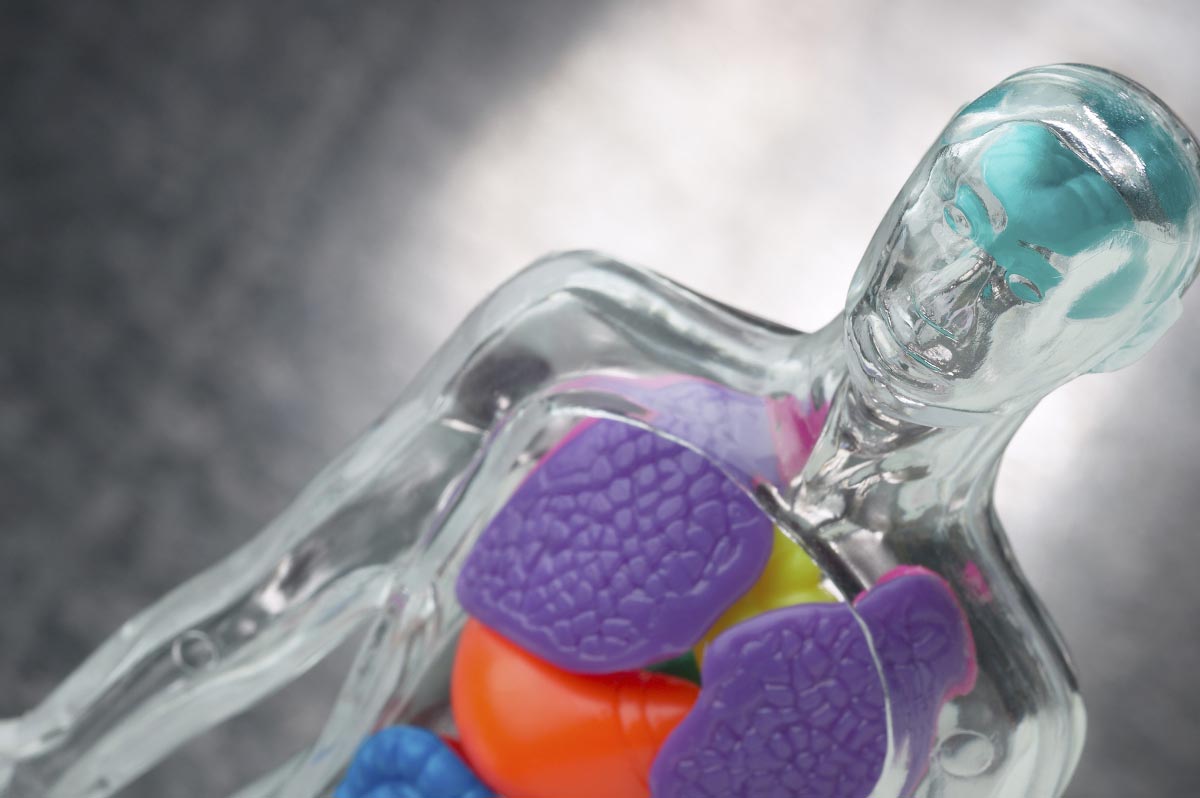
The new "physiome on a chip" system is comprised of engineered tissues derived from 10 different human organs. It can simulate the interactions between actual organs over the course of several weeks.
Researchers can use this chip to study the effects of a drug on multiple parts of the body. They can find out if a drug causes negative effects on an organ even as it treats another organ.
Since the "body on a chip" uses human tissue, it could deliver accurate results regarding immunotherapies. Animal testing cannot provide good results since the human immune system is different from that of a lab animal.
Drug development starts with a study of the biology of a disease. Once researchers have identified the targets, they concoct compounds that can affect those targets.
The new drug undergoes animal trials in order to determine its safety and efficacy. Only then does it undergo human testing.
Griffith warns that animal testing can fail to show possible negative effects. She also adds that drugs which pass those tests often fail human trials.
Furthermore, each individual patient has unique genes, home environments, lifestyles, and earlier or ongoing history with drugs. These variances can cause unexpected reactions to a drug. (Related: Diabetes medication plunges blood sugar to dangerously low levels, increasing risk of heart attack and death.)
A miniature copy of the human body and organs
In search of an accurate and faster way to evaluate drugs, the MIT team looked into "physiome on a chip" technology. They created an open system where engineered human organ tissues can grow and interact with each other.
The "body on a chip" has integrated pumps that regulate the flow of liquid between tissues. These pumps replicate the natural circulation that takes place in the human body.
The pumps also permit the evaluation of bigger engineered tissues. For example, they can simulate a tumor in an organ.
The use of an open system lets researchers modify the chip as needed. It also makes it easy to get samples for analysis.
Each chip can simulate up to ten organs. The brain, endometrium (lining of the womb), gut, heart, kidney, liver, lung, pancreas, skeletal muscle, and skin are represented by clusters of cells that perform many of their important functions.
According to Griffith, the engineered tissues are "primary cells" taken from patient samples. Compared to cell lines created for lab use, primary cells are better at representing the function of organs.
"Body on a chip" can simulate leaky gut, Parkinson's disease
The MIT researchers reported that their "body on a chip" could simulate how a drug is orally ingested, absorbed in the gastrointestinal tissue, and delivered to other tissues. They could also identify the organs affected by the drug, the medication's effects on different tissues, and the drug's breakdown.
In another study, the research team showed how drugs stressed the liver. They replicated leaky gut syndrome in the gastrointestinal tract, which allowed gut bacteria to infect the blood and cause the liver to swell.
According to Griffith, the "physiome in a chip" has numerous applications. It can simulate tumors that infect other organs, as well as replicate a group of organs plus the disease that affects them.
Griffith intends to study the potential connection between gut bacteria and the onset of Parkinson’s disease. Her research team is working on a model that simulates the brain, liver, and gastrointestinal system.
Visit Scientific.news for more news stories on biomedical research.
Sources include:
Please contact us for more information.























